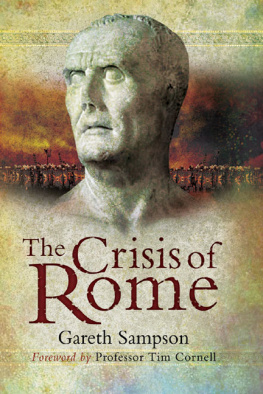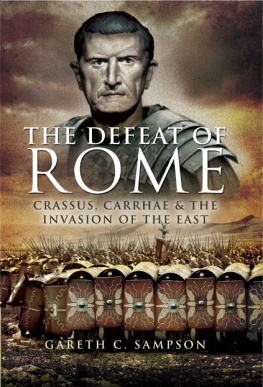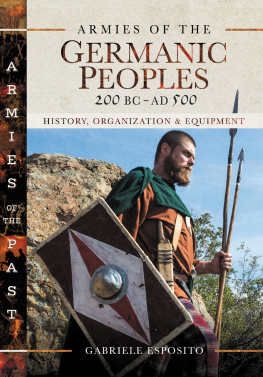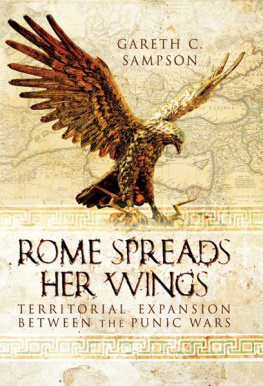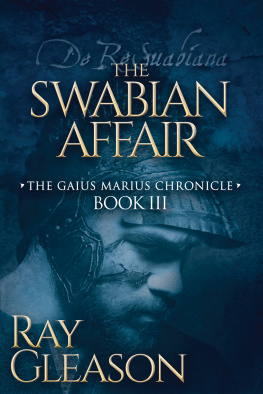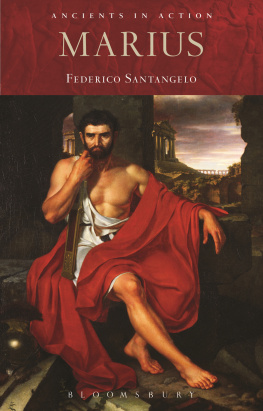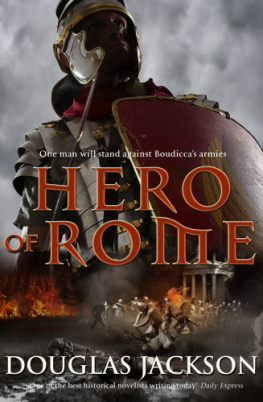
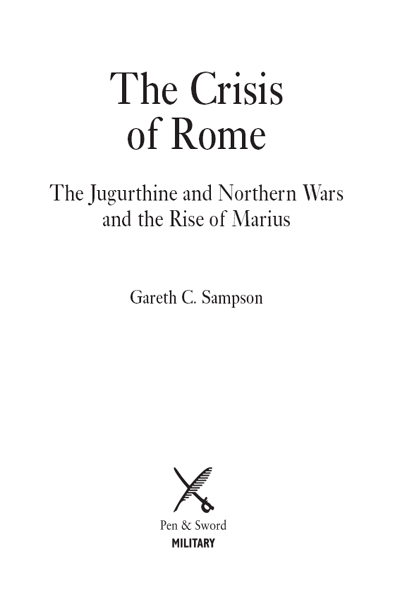
First published in Great Britain in 2010 by
Pen & Sword Military
an imprint of
Pen & Sword Books Ltd
47 Church Street
Barnsley
South Yorkshire
S70 2AS
Copyright Gareth C. Sampson 2010
ISBN 978 1 84415 972 7
eISBN 9781848846951
The right of Gareth C. Sampson to be identified as Author of this Work has been asserted by him in accordance with the Copyright, Designs and Patents Act 1988.
A CIP catalogue record for this book is available from the British Library.
All rights reserved. No part of this book may be reproduced or transmitted in any form or by any means, electronic or mechanical including photocopying, recording or by any information storage and retrieval system, without permission from the Publisher in writing.
Typeset in Ehrhardt, by Phoenix Typesetting, Auldgirth, Dumfriesshire.
Printed and bound in England by MPG
Pen & Sword Books Ltd incorporates the Imprints of Pen & Sword Aviation,
Pen & Sword Maritime, Pen & Sword Military, Wharncliffe Local History
Pen & Sword Select, Pen & Sword Military Classics and Leo Cooper.
For a complete list of Pen & Sword titles please contact
PEN & SWORD BOOKS LIMITED
47 Church Street, Barnsley, South Yorkshire, S70 2AS, England
E-mail: enquiries@pen-and-sword.co.uk
Website: www.pen-and-sword.co.uk
Contents
To my wife, with love.
Youre the rock upon which all my endeavours are built.
Acknowledgements
The first and most important acknowledgment must go to my wife, who as always is a bedrock of support and without whose assistance none of this would be possible.
A notable mention must also be made of my parents who have had to put up with this, some would say irrational, love of ancient history throughout my life. There are a number of individuals who, through the years, have inspired the love of Roman history in me and mentored me along the way; Michael Gracey at William Hulme, David Shotter at Lancaster and Tim Cornell at Manchester. My heartfelt thanks go out to them all.
As always, greetings go to all the guys from or still at Manchester: Aaron, Gary, Greg, Old Ian, Young Ian, the Two Jameses (Moore & Thorne), Jamie, Jason, Jess, Peter and Sam. For those still there, best of luck. Also, a big hi to Pete and Nicki back in the US and Carsten in Denmark. Special thanks need to go out to Sam, for his additional help with bibliographical matters late on.
The John Rylands Library at Manchester receives a vote of thanks for use of their facilities and access to their first rate collection. Thanks also need to be extended to the University of Exeter Library for access to their collections and congenial atmosphere.
I would finally like to extend my thanks to Phil Sidnell, my editor at Pen and Sword, for his patience and perseverance; one of these days a book will be on time. Also to Rupert Harding for the initial vote of confidence.
Now on with the book.
List of Illustrations
[List of illustrations to follow once images are finalized.]
Maps
Strategic Maps
Tactical Diagrams
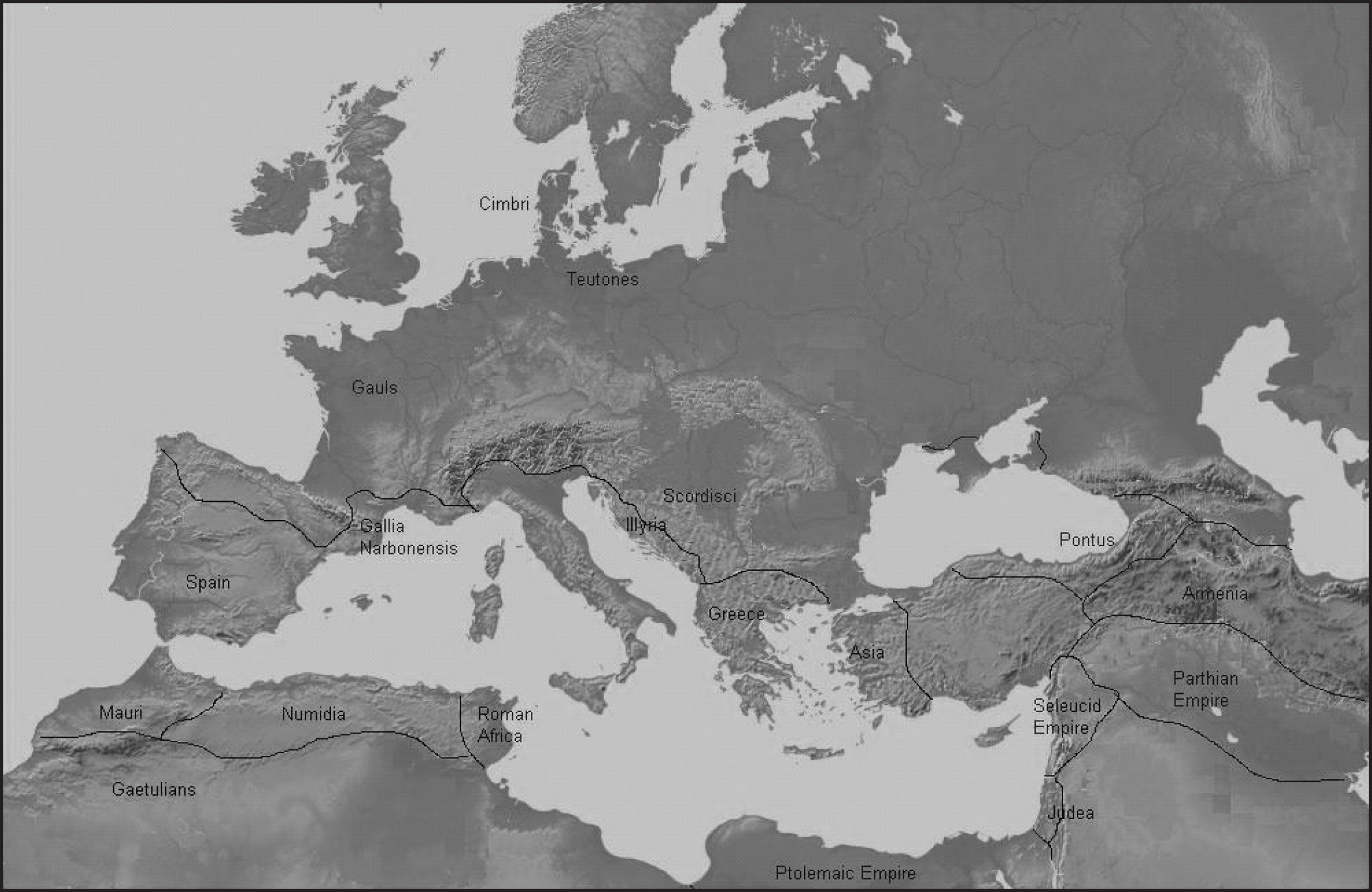
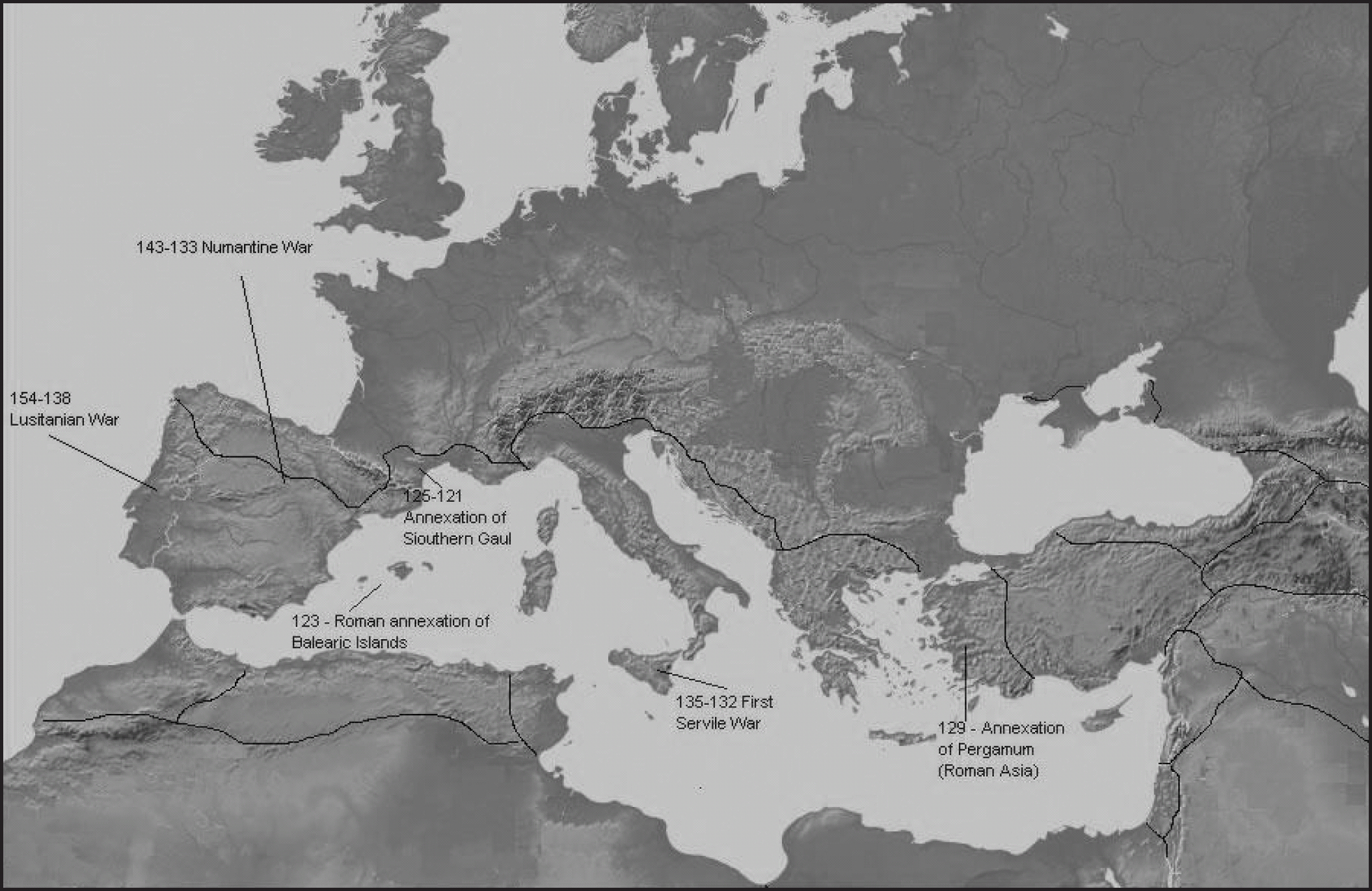
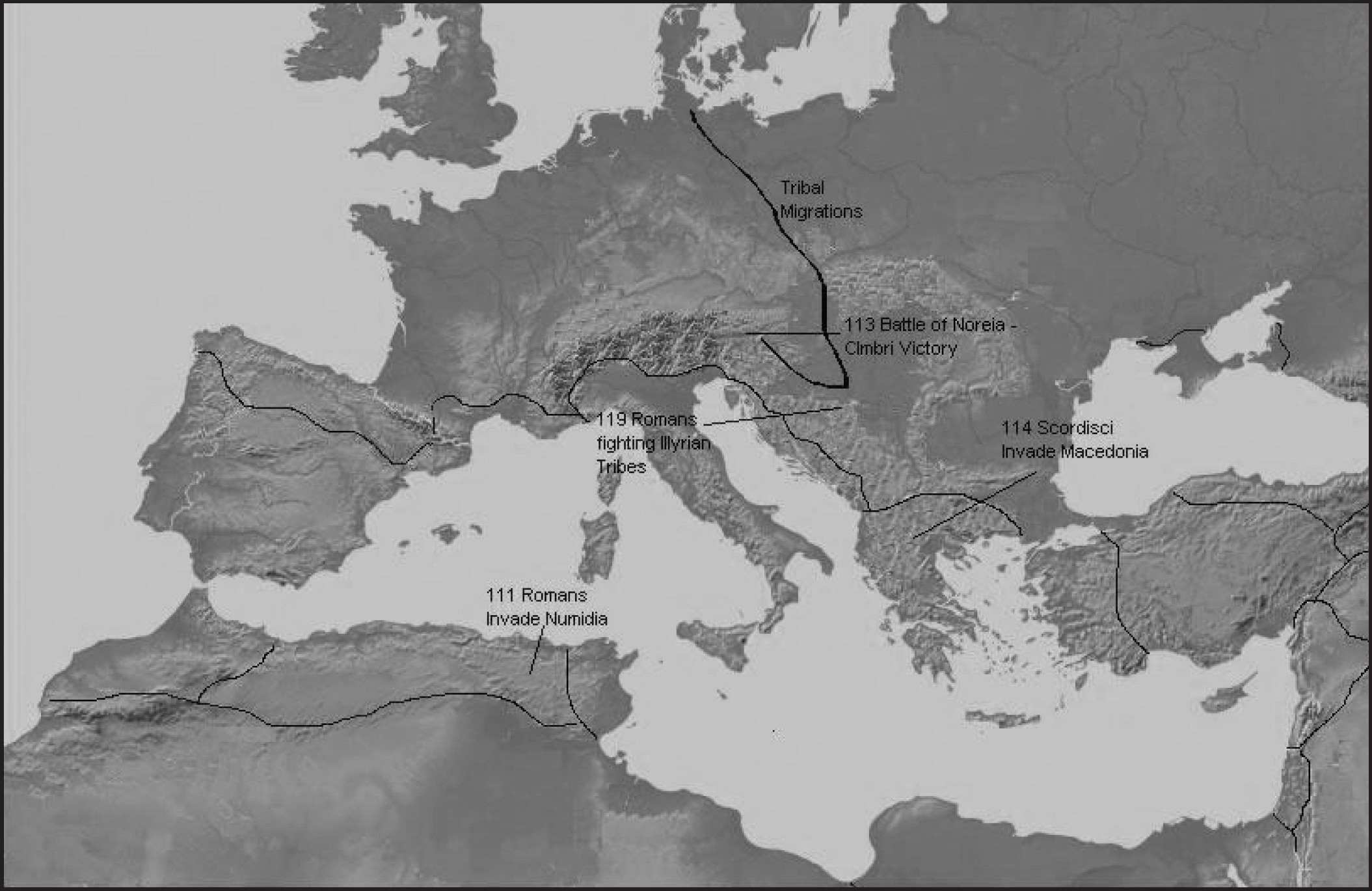
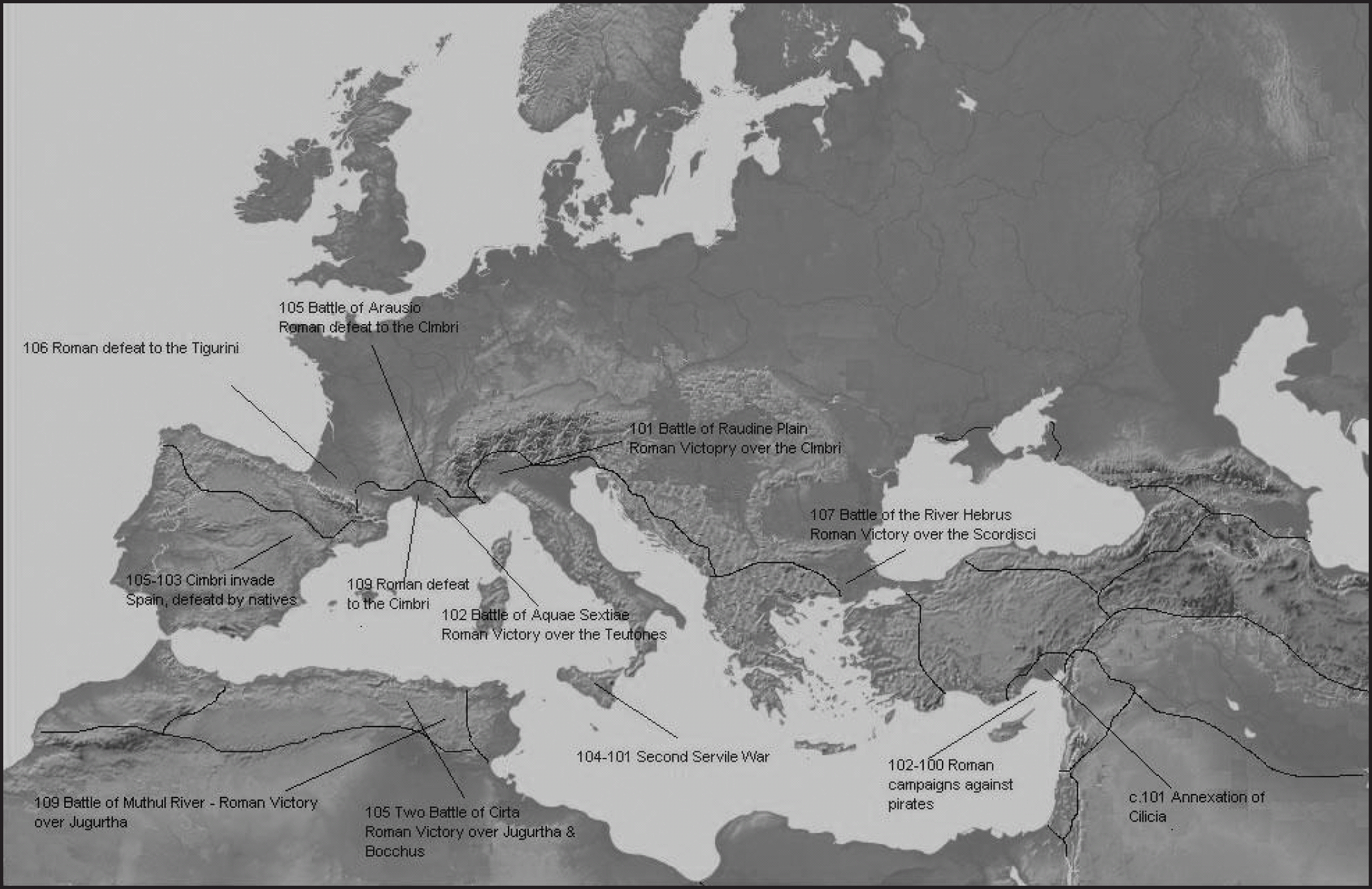
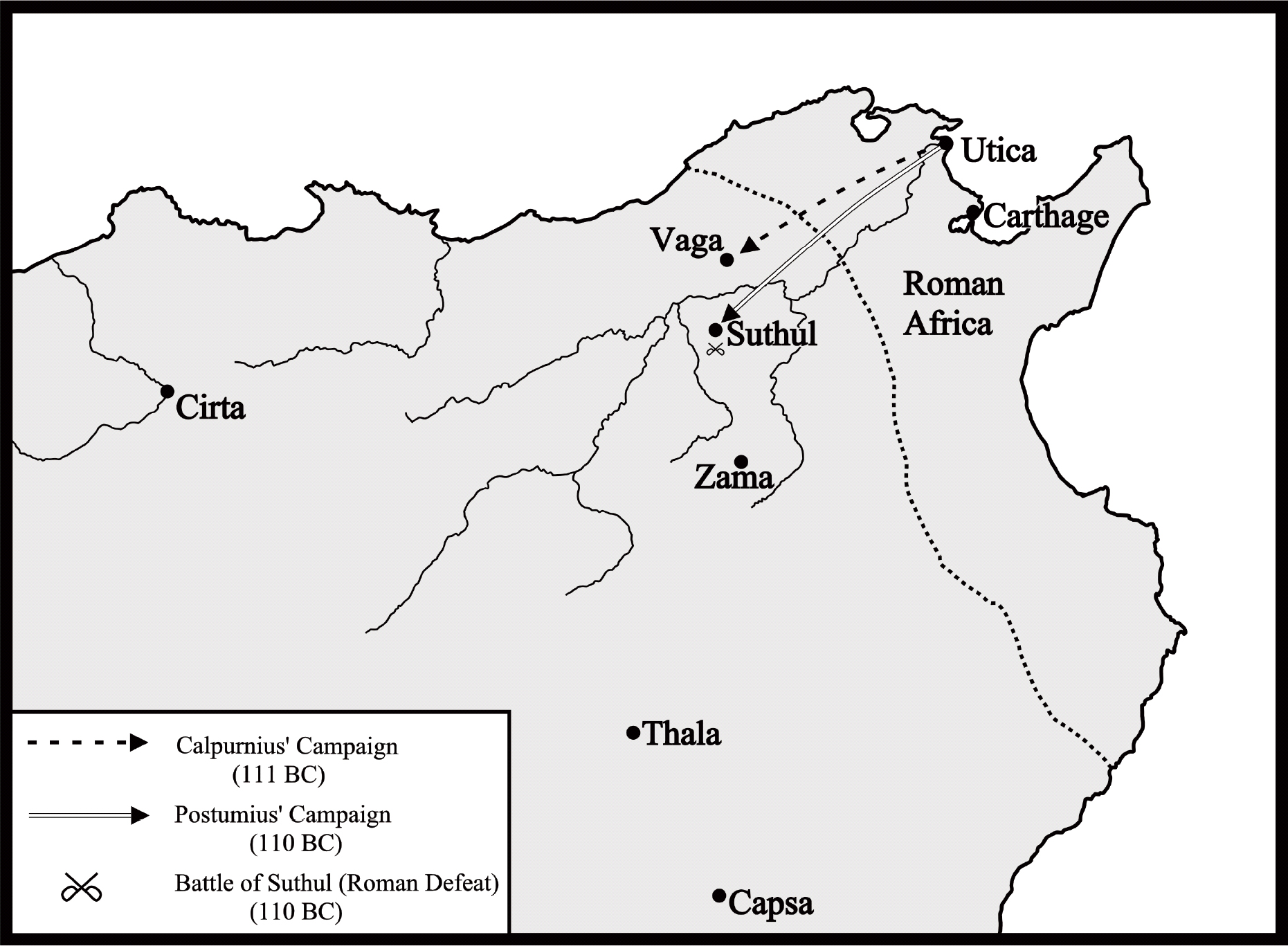
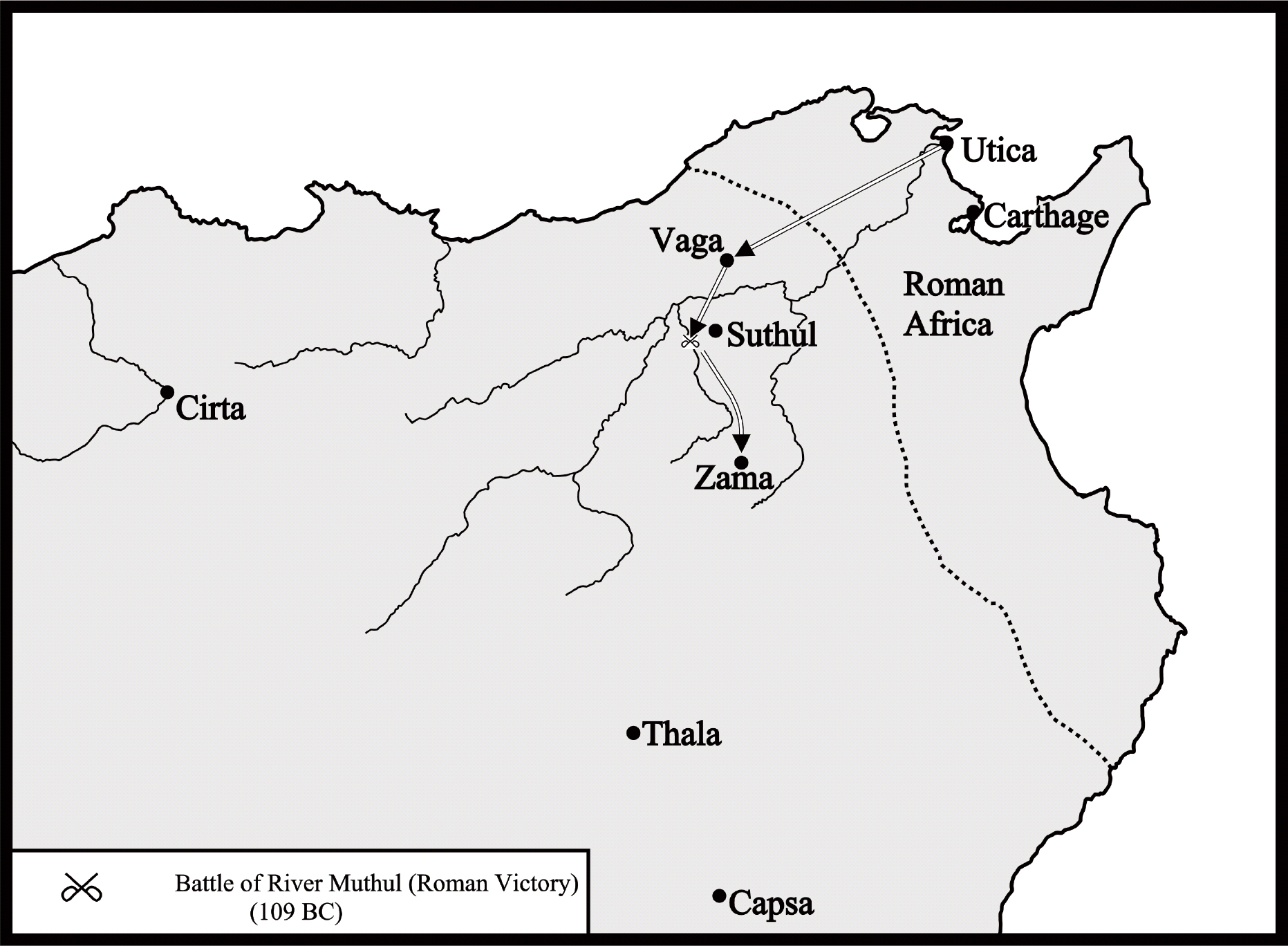
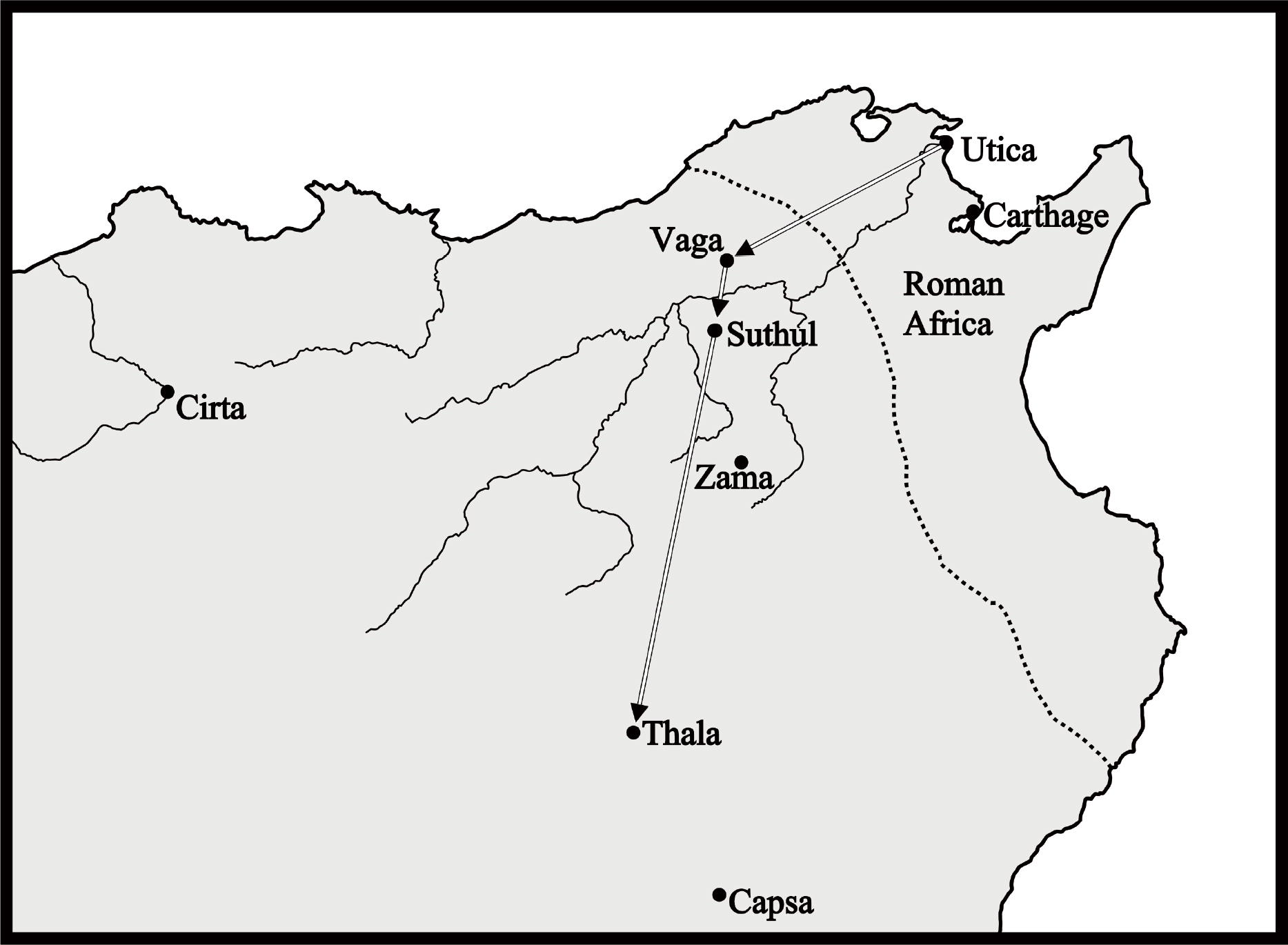
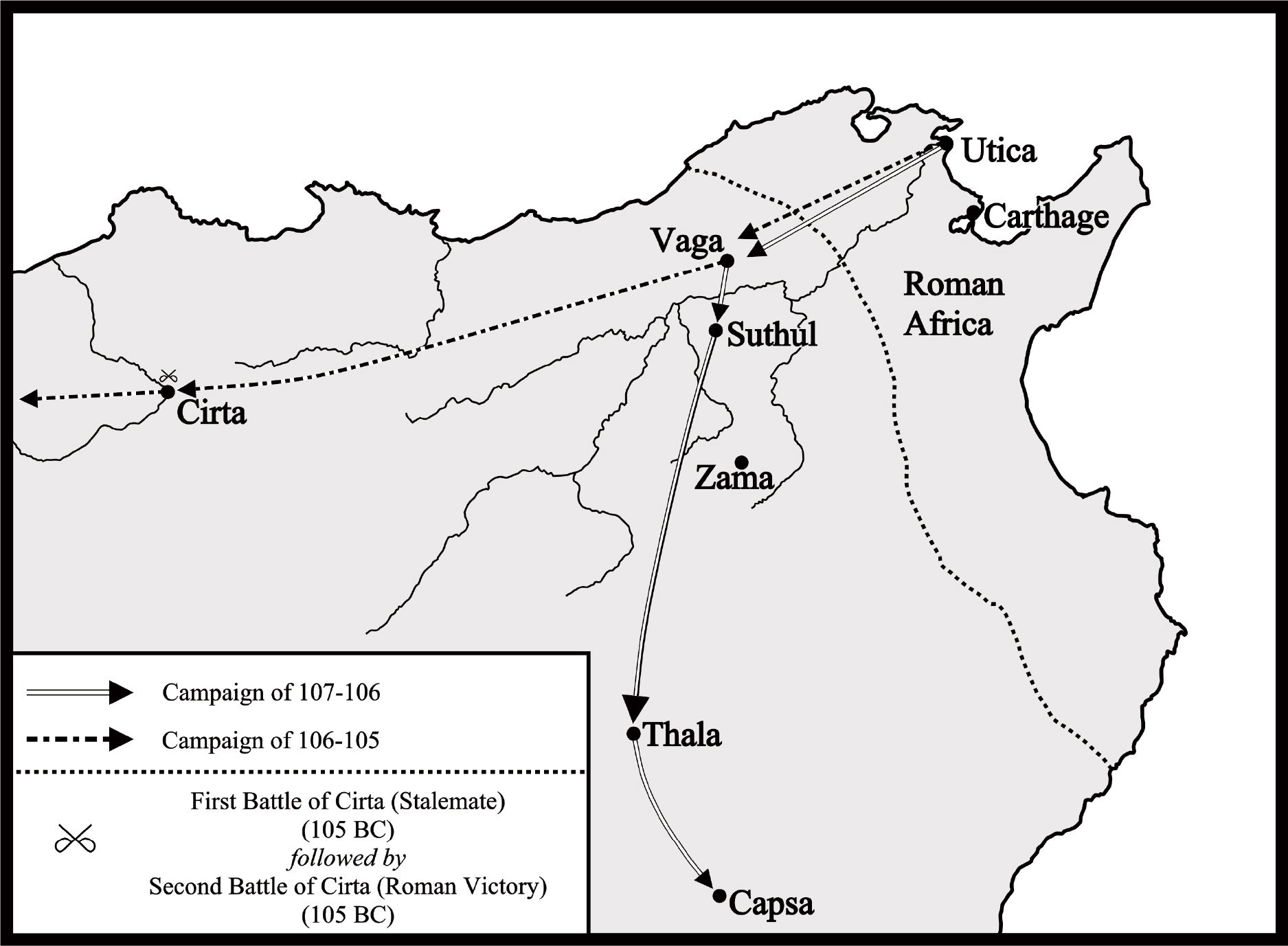
Introduction
The last decade of what now equates to the second century BC saw the culmination of a generation of military overstretch and political turmoil in the Roman Republic. Simultaneously, Rome found herself fighting a difficult guerrilla war in the deserts of North Africa, whilst facing tribes of migrating barbarians from northern Europe. A series of reverses in both these theatres of war saw Rome suffer one of the heaviest defeats in her history at the Battle of Arausio and a barbarian invasion of Italy itself. Yet whilst the scenario of barbarian migration, defeat and invasion is all too familiar to the Late Roman Empire, all this occurred some five hundred years before the fall of Rome, at what is often seen as the height of the Republics power.
This decade of crises is often noted for the rise of a perceived outsider (C. Marius) to an unprecedented six consulships in eight years and a radical reform of the Roman Republican army, which culminated in two of the greatest Roman military victories, at Aquae Sextiae and Raudian Plain (Vercellae). Yet many claim that these reforms laid the foundations for the Republics ultimate destruction at the hands of a series of oligarchs, such as Sulla, Pompey and Caesar (the latter of which was Marius nephew). Upon examination, however, each of these assumptions can be challenged, but only through an in-depth study of the military situation of the period in question.
Anyone seeking an understanding of the period is faced with a number of difficulties which stem from our surviving ancient sources. Firstly, we lack a detailed narrative history of the period as a whole, giving undue weight to accounts that do survive, notably Plutarchs biography of Marius and Sallusts monograph on the Jugurthine War, which if not handled properly can provide a distorted picture of the period in question. Of the two wars which Rome faced, the Jugurthine War in North Africa is the lesser of the two in terms of severity, yet we have a fuller account of it and little detail for the wars in the north.
Furthermore, the Jugurthine War itself must be separated from Sallusts work on it, as he only represents one source and must be balanced, wherever possible, with other accounts to gain a better overall perspective of the war itself. No matter how detailed, relying on a sole account for any war should be avoided at all costs. Furthermore, given the loss of a wider narrative history, and the survival of works such as Appians Civil Wars and Plutarchs biographies, it is all too easy to focus on the domestic political history of Rome in this period, as though it is somehow separate from the wars that were raging at the time.
Thus in many ways, a key part of this introduction is to establish just exactly what this work is not about; it is neither a commentary on Sallusts Jugurthine Wars , nor is it a biography of Caius Marius; there are a number of excellent works already in these fields (listed in the bibliography). This work seeks a broader perspective and attempts to analyse the period as a whole, taking in all the conflicts involved. This will allow us to analyse the origins, progression and ultimate solution to this decade of military crises. Only then can any political or military reforms be placed in their proper context.

